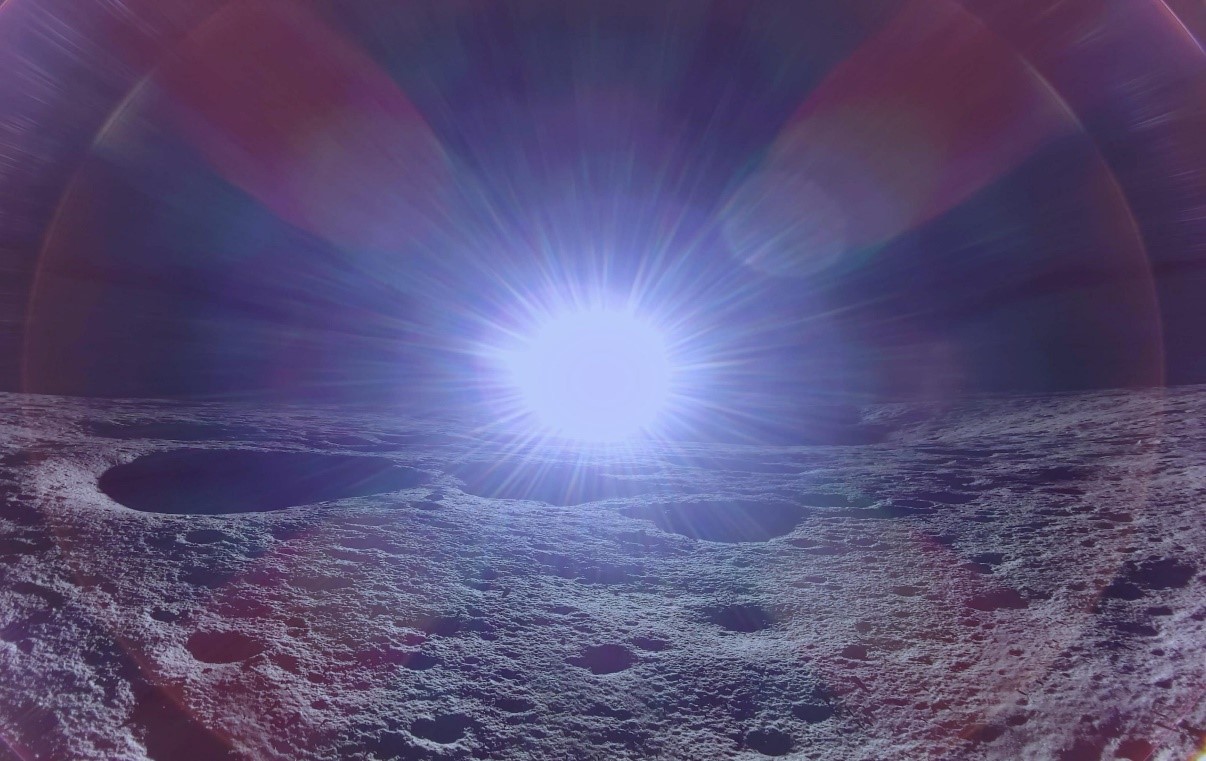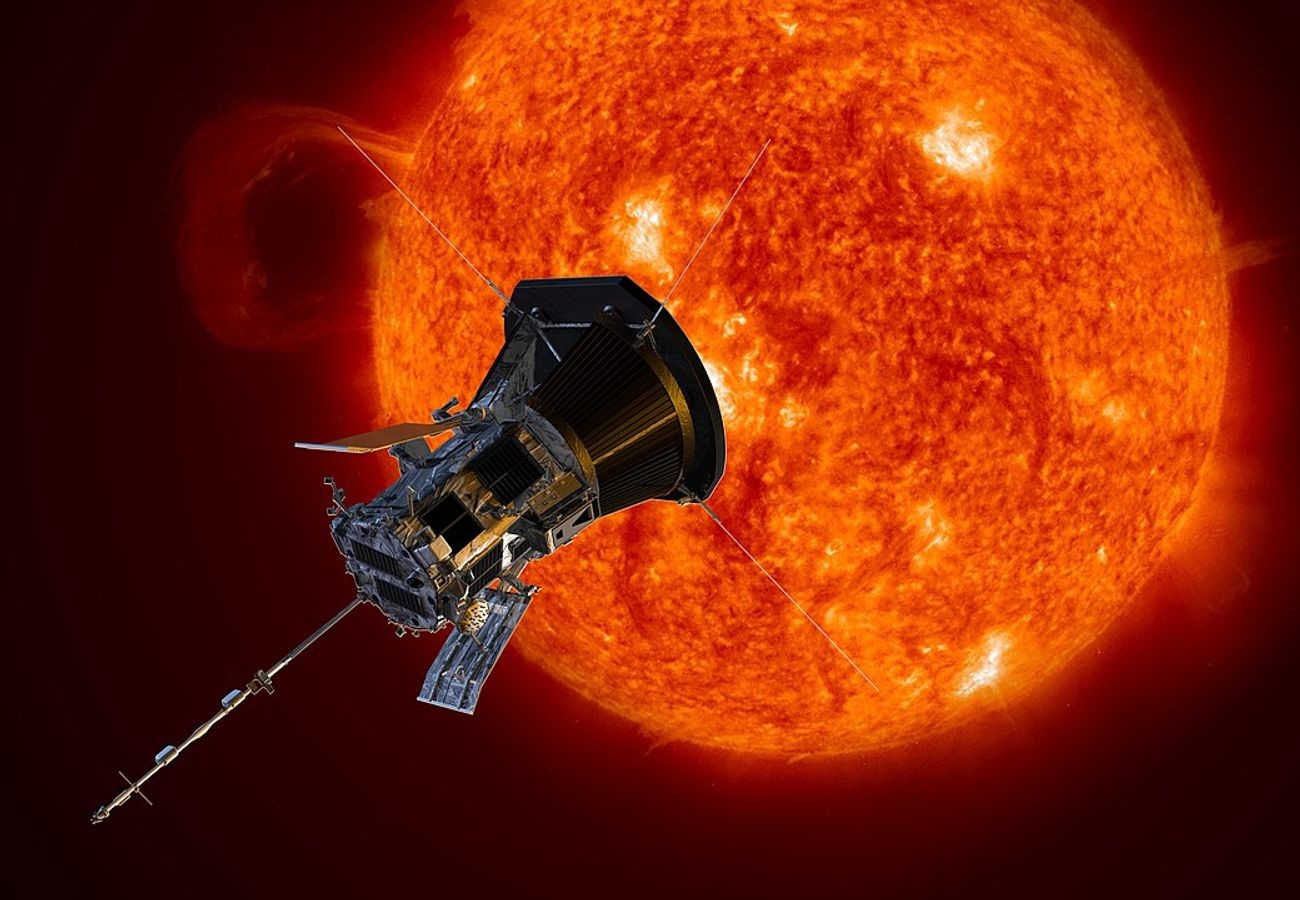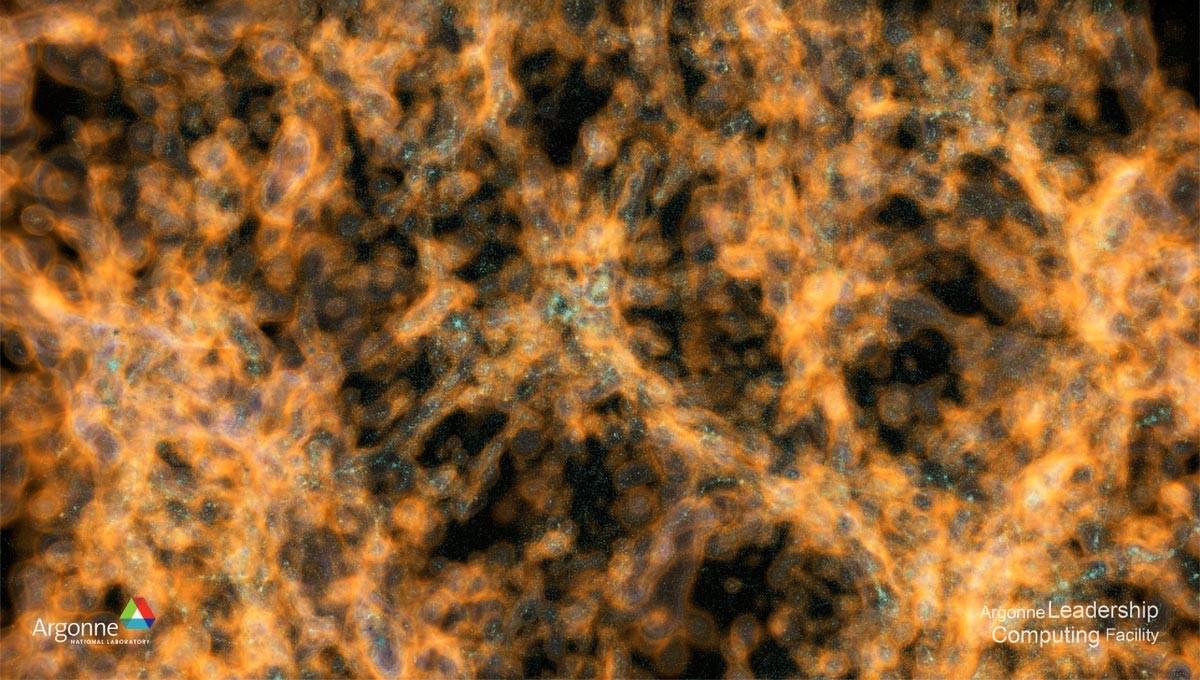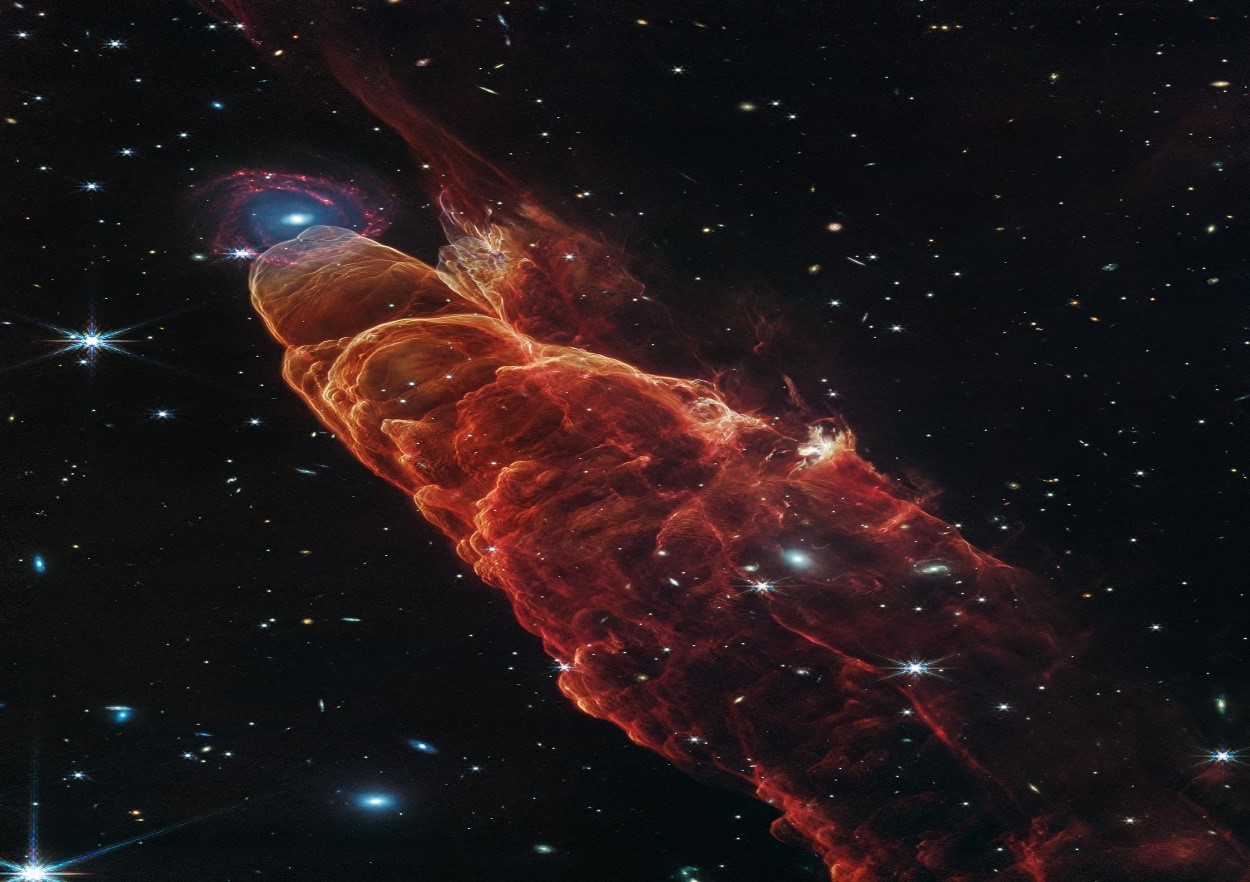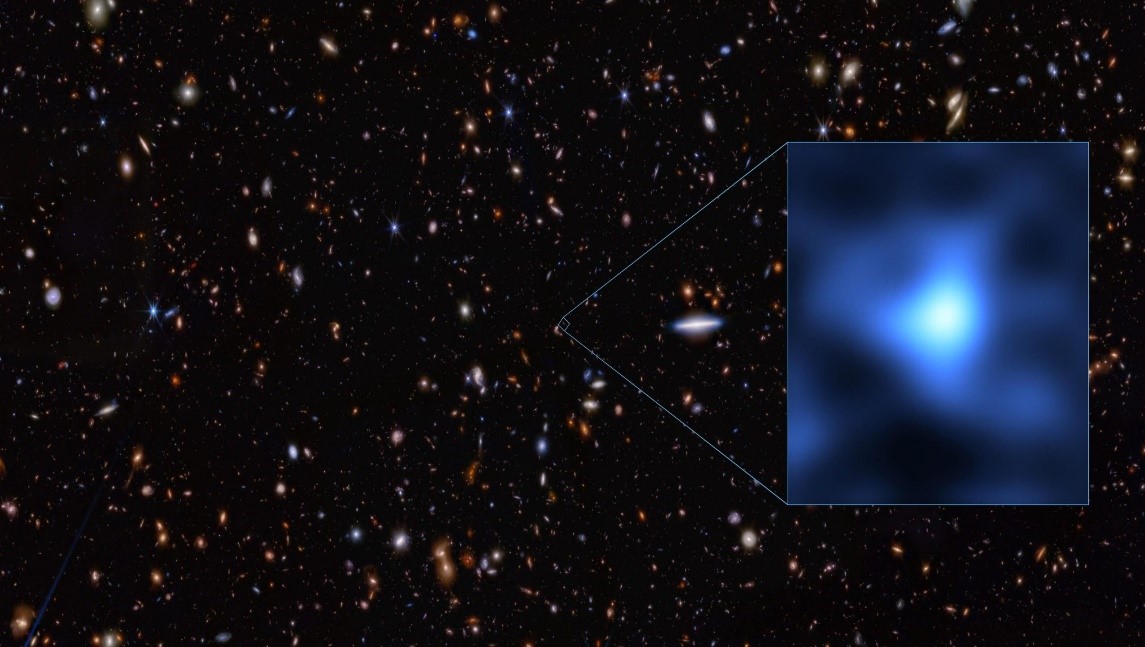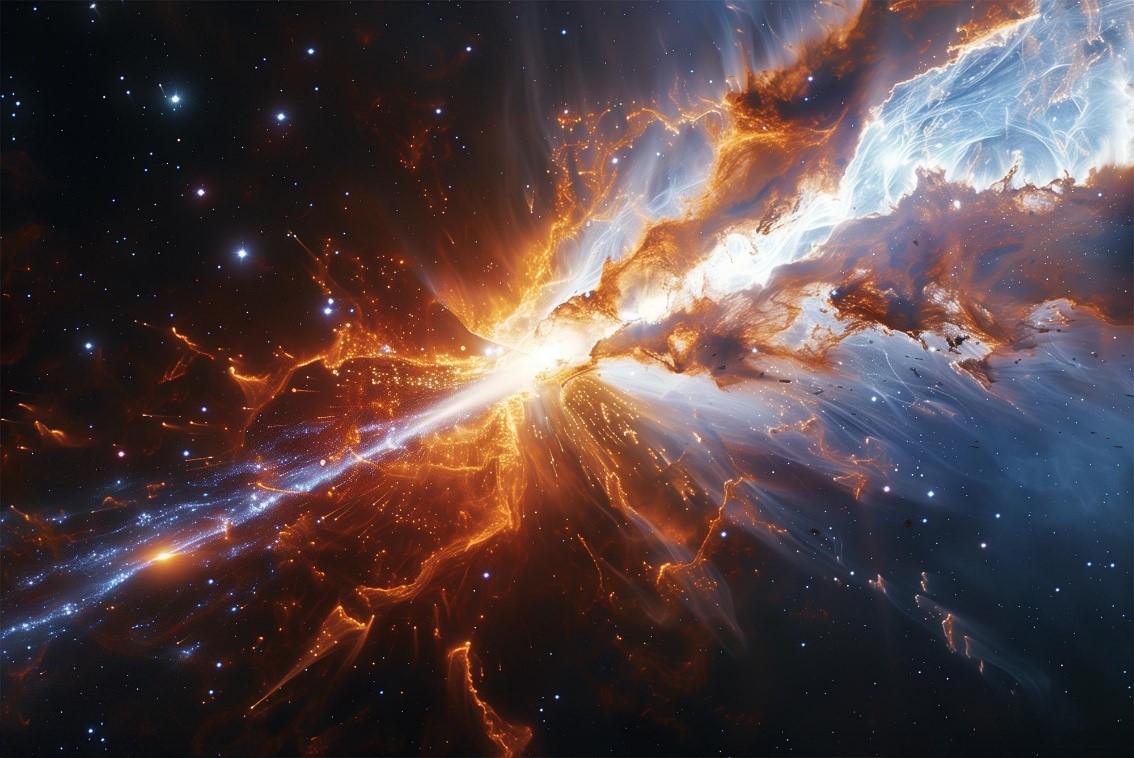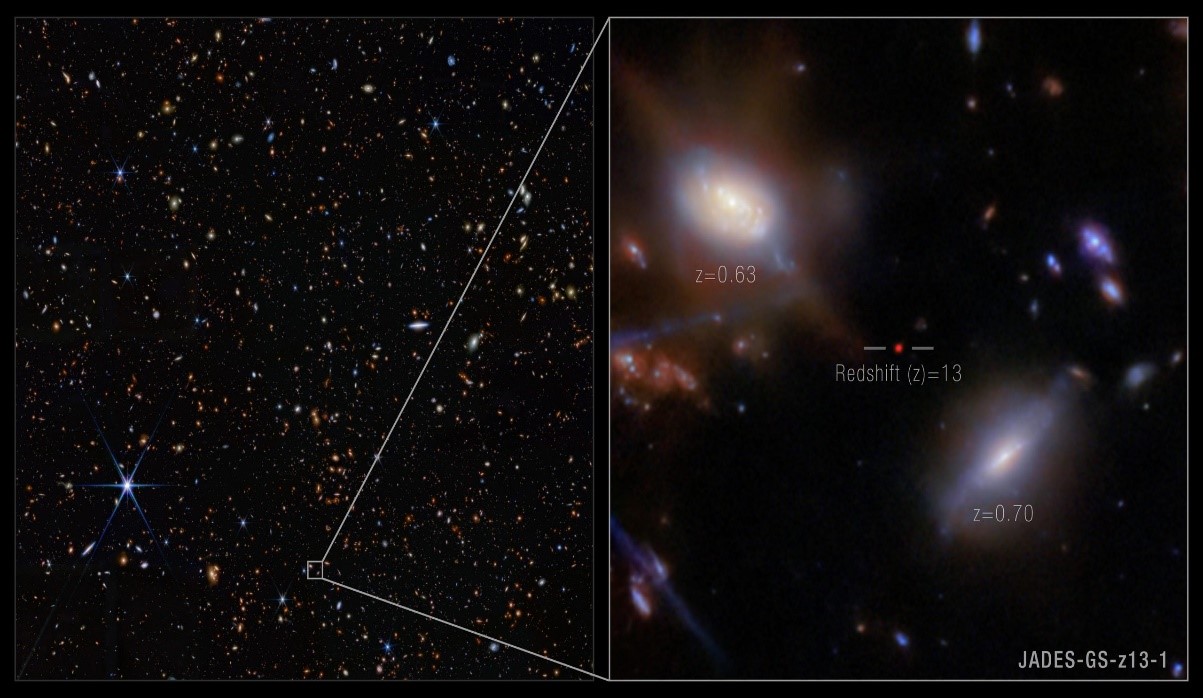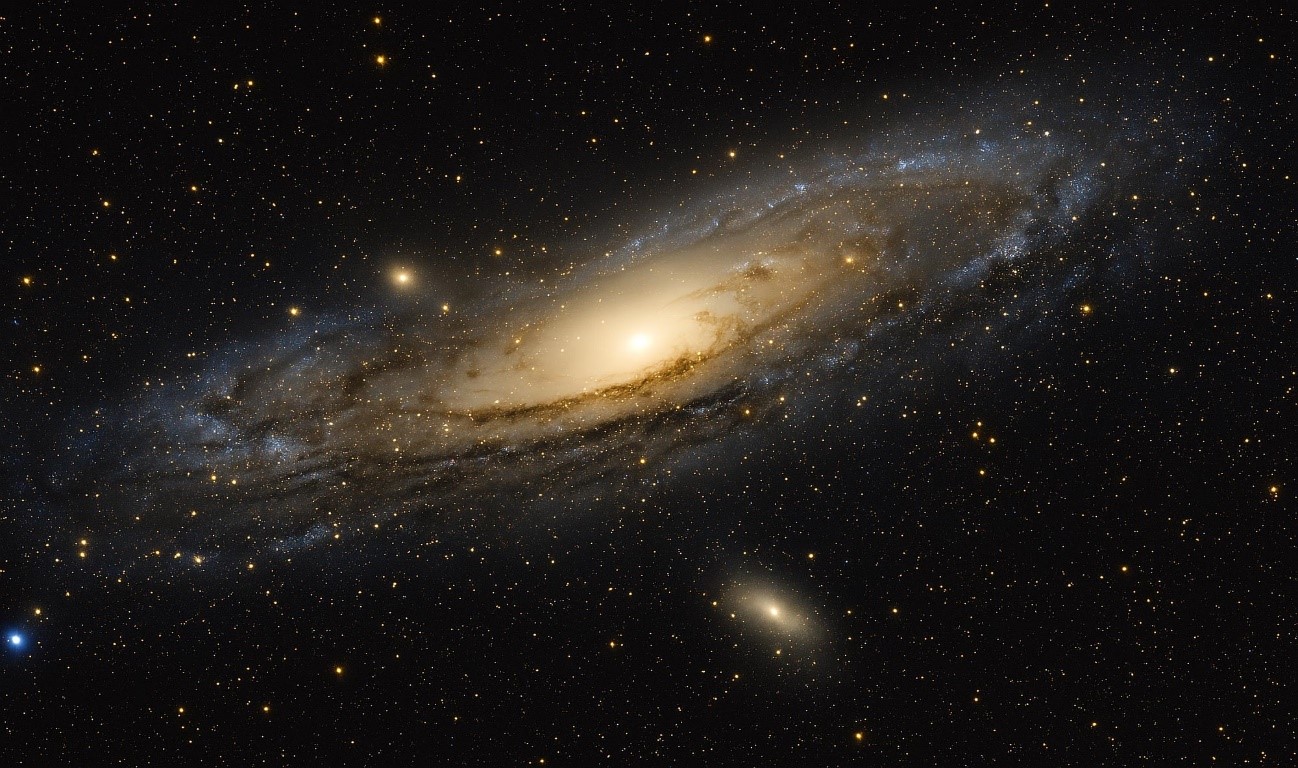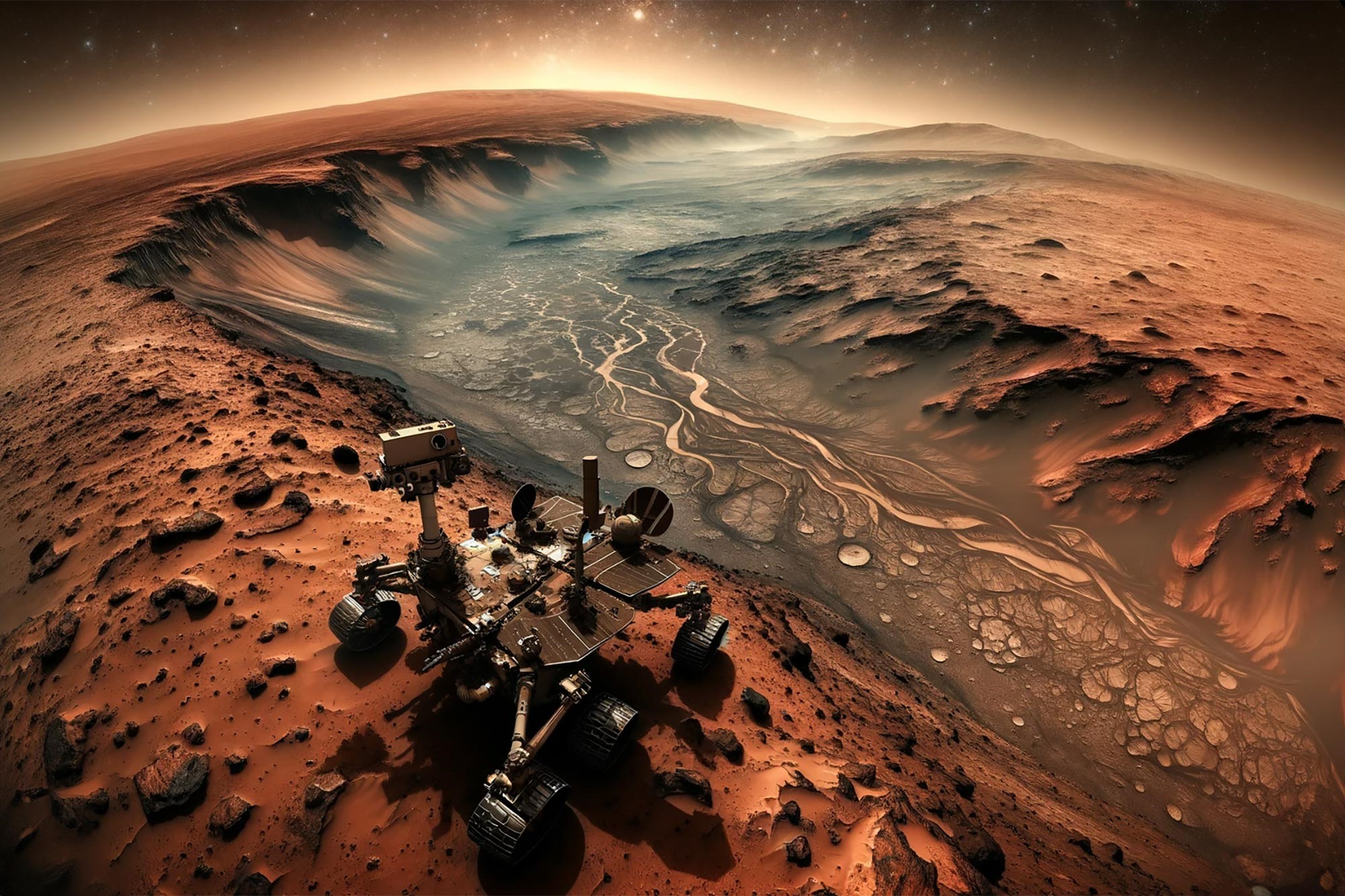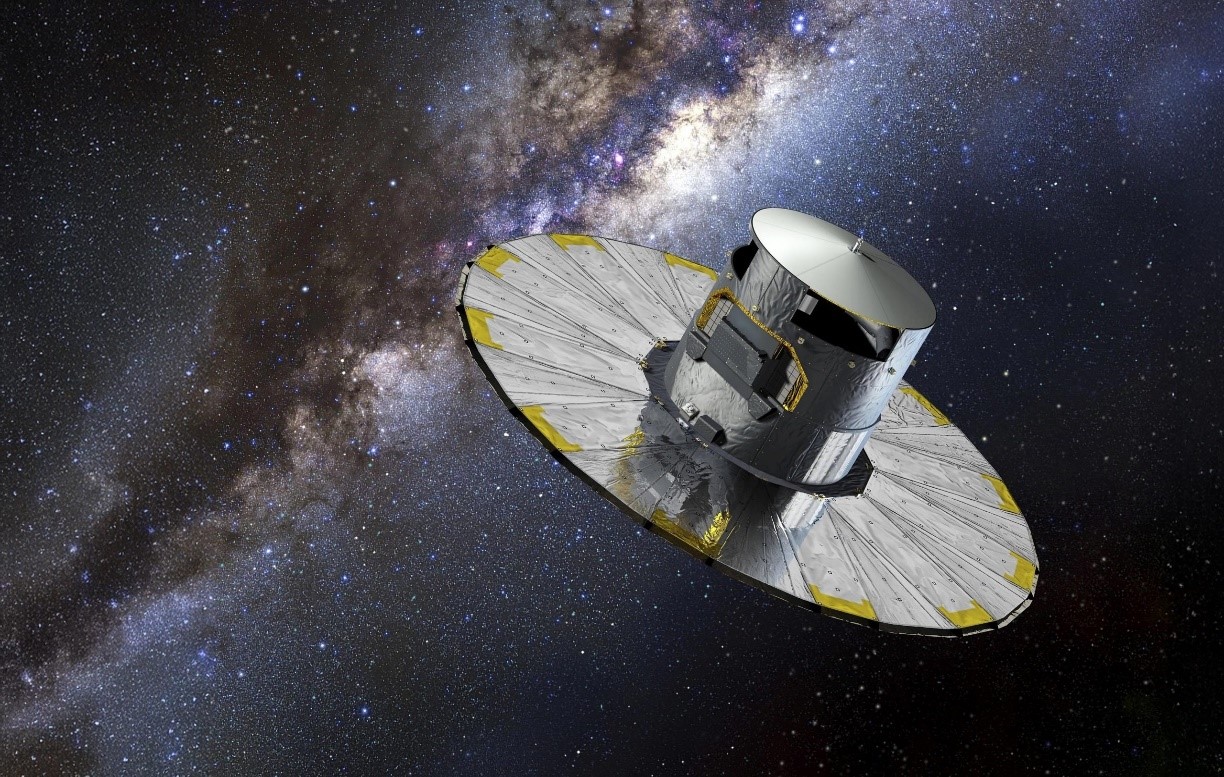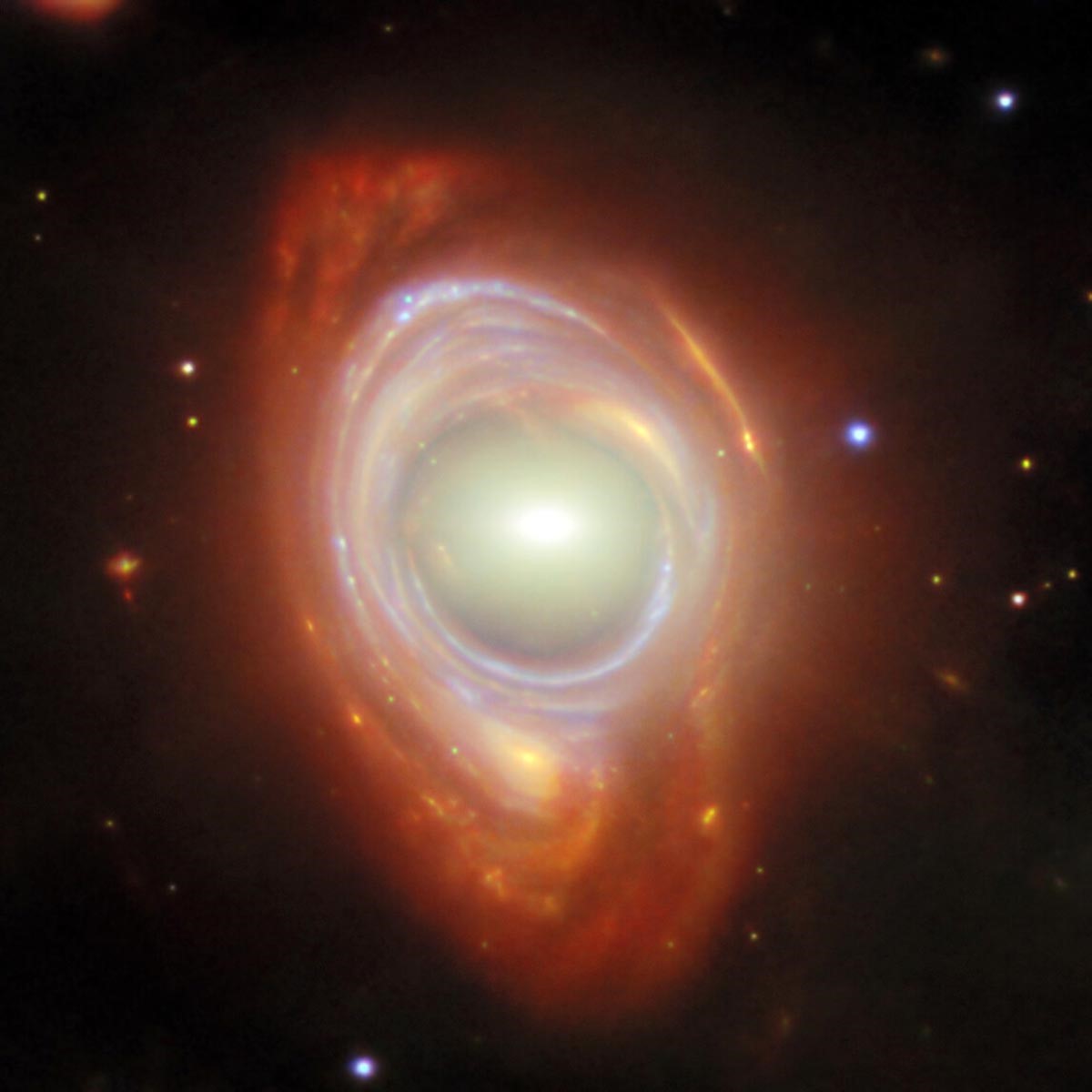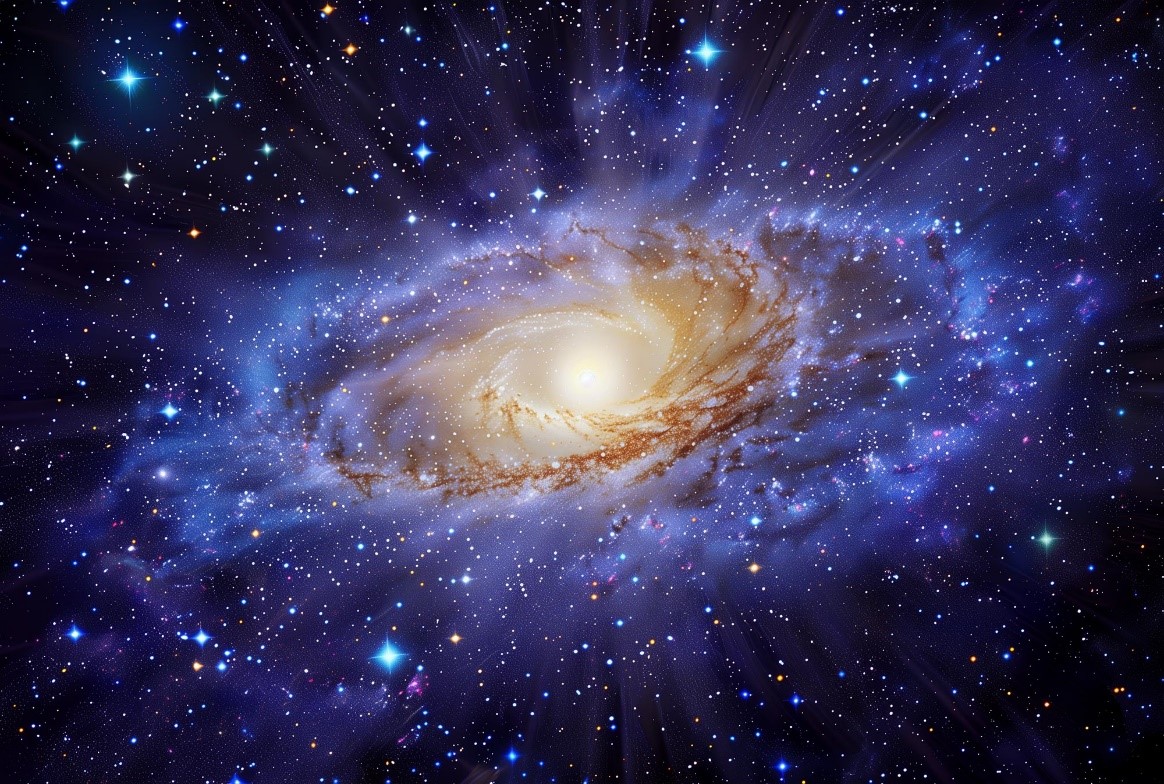Rethinking Planet Formation: Jupiter-Like Exoplanets Formed Earlier Than Expected
A new study challenges traditional planet formation models by suggesting that Jupiter-like exoplanets may have formed much earlier than previously thought. Researchers at The Ohio State University analyzed existing data and found that gas giants likely undergo rapid accretion—gathering gas and solid particles rich in carbon and oxygen—during the earliest stages of protoplanetary disk evolution. This finding reshapes our understanding of when and how planets emerge within young star systems.
Despite the increasing number of confirmed exoplanets, scientists are still unraveling the mysteries of their formation. Jupiter-like exoplanets were once believed to take 3 to 5 million years to develop fully. However, recent observations suggest that gas giants like Jupiter may form in just 1 to 2 million years, significantly revising previous estimates.
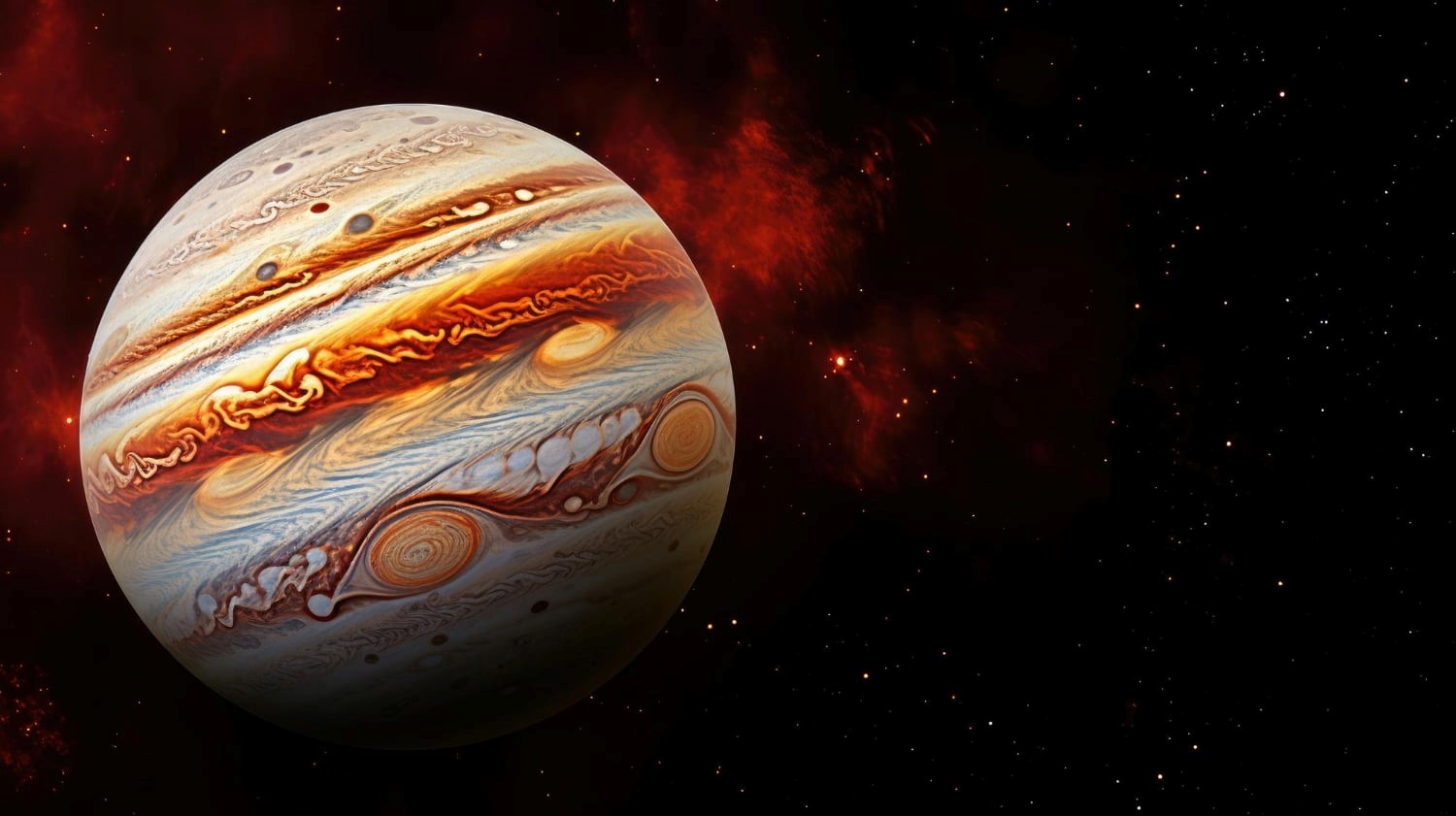
Figure 1. Jupiter-like Exoplanets May Form in 1–2 Million Years, Challenging Theories.
Reevaluating Established Theories
This discovery challenges current theories about when planets form within protoplanetary disks, according to Ji Wang, the study's author and assistant professor of astronomy at Ohio State. The findings could prompt a reevaluation of planet formation theories both within our solar system and beyond. Figure 1 shows Jupiter-like Exoplanets May Form in 1–2 Million Years, Challenging Theories.
Wang explained, “Everything we know about exoplanets can be understood in the context of the solar system and vice versa [1].” While planet formation typically follows a bottom-up process, where small objects gradually coalesce into larger planets over time, this new research suggests that gas giants like Jupiter may form more quickly.
Exoplanets orbit far beyond our solar system, but understanding their formation can provide valuable insights into the evolution of both the solar system and early Earth, which was significantly influenced by Jupiter. The study also considers two formation mechanisms: core accretion, where planets build up gradually, and gravitational instability, where massive clumps in a star’s disk collapse to form planets. Wang emphasized the importance of determining which of these mechanisms is more common.
The study was published in The Astrophysical Journal.
New Insights from a Limited Sample
The study examined a sample of seven gas giant exoplanets, using previously measured data on their stellar and planetary chemical properties. These were compared to data from Jupiter and Saturn in our solar system. Wang's analysis suggests that the early formation of these exoplanets supports the idea that Jupiter formed much earlier than previously believed. This conclusion is based on the unexpectedly high amount of solids these exoplanets accumulated during their formation. The materials gathered early in a planet's development contribute to its atmospheric metallicity, and by studying the traces left behind, researchers can estimate the quantity of solids the planet once collected.
Wang explained that higher metallicity indicates a greater accumulation of solids and metals—elements heavier than hydrogen and helium—during planetary formation.
“We estimate that, on average, each of the five sampled exoplanets accreted the equivalent of 50 Earth masses in solids,” Wang said. This large amount of material suggests these exoplanets formed when their systems were younger than 2 million years. In contrast, our solar system contained only about 30 to 50 Earth masses of solid material in total.
This finding challenges existing models, as it implies that exoplanets formed much earlier in the protoplanetary disk's evolution than previously expected. The rapid decline in available building blocks over millions of years contradicts traditional theories. “These exoplanets formed so early that there was still a vast reservoir of metals,” Wang noted. “The scientific community wasn’t fully prepared for this, and now they’ll need to rethink existing theories.”
Although this study relied on archival data, Wang anticipates further validation from new high-resolution observations, including those from next-generation technologies like the James Webb Space Telescope. “By analyzing a larger sample, we hope to confirm this trend,” he said.
The study also highlights the influence of gas giants on planetary systems. Their formation and migration impact the development of rocky planets, as seen in our solar system—where Jupiter and Saturn likely displaced Mercury from its original orbit and stunted Mars’s growth. [2] Additionally, the research provides a statistical framework for estimating solid accretion in other exoplanets, offering a valuable tool for studying planetary formation across different systems.
Reference:
- https://ground.news/article/challenging-existing-theories-jupiter-like-exoplanets-formed-much-sooner-than-we-thought
- https://scitechdaily.com/challenging-existing-theories-jupiter-like-exoplanets-formed-much-sooner-than-we-thought/
Cite this article:
Janani R (2025), Rethinking Planet Formation: Jupiter-Like Exoplanets Formed Earlier Than Expected, AnaTechMaz, pp.300


